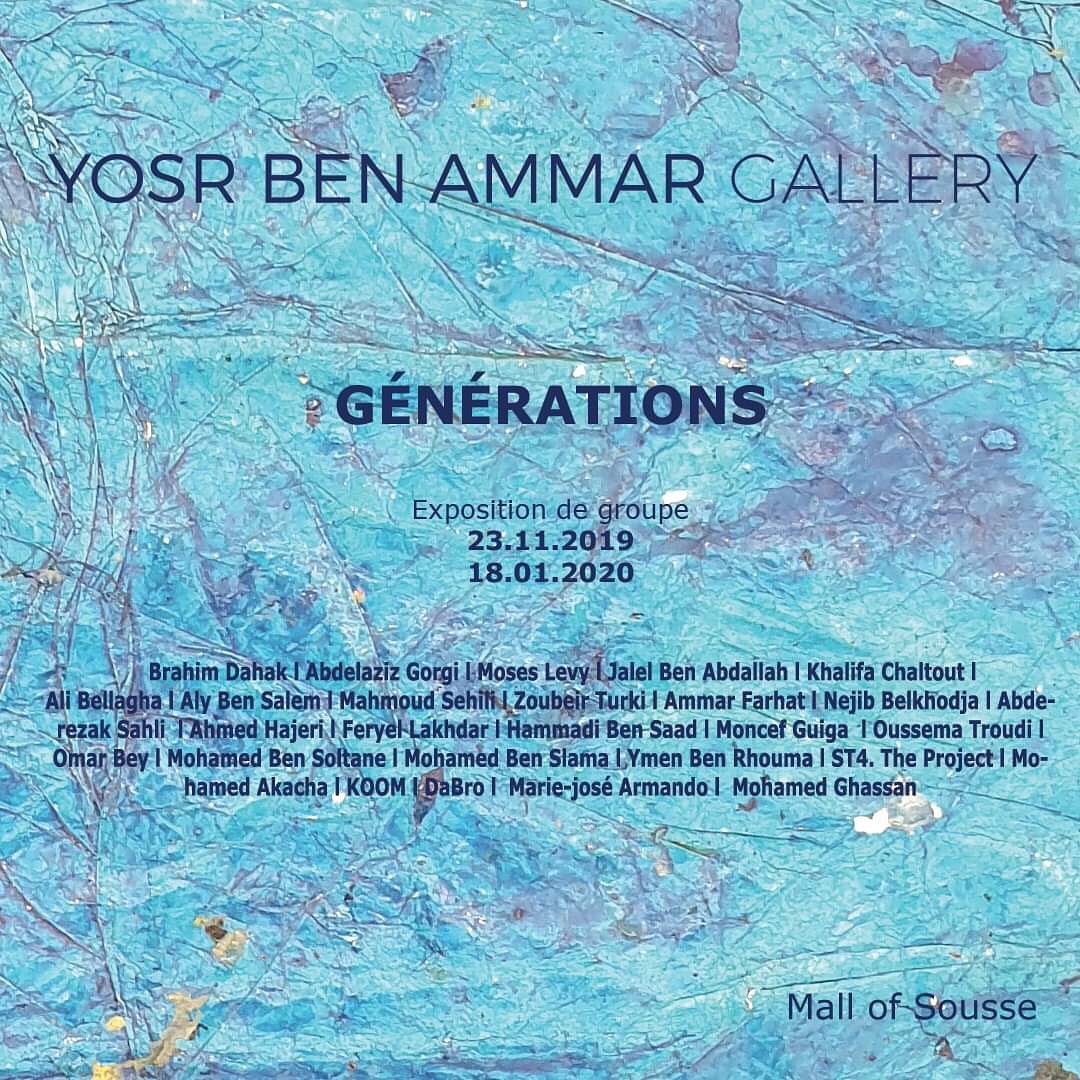AMMAR FARHAT
(1911-1987)
Painter of popular Tunisia — between tradition and modernity
A self-taught artist and eminent member of the École de Tunis, Ammar Farhat established himself as one of the most important painters of contemporary Tunisia. Born into a modest environment, he discovered painting by imitation, observing and reproducing works encountered by chance. His faces, often inspired by forms borrowed from Braque, bear the distinctive mark of the “face-profiles,” where the profile’s contour is incorporated into a face seen from the front.
He debuted at the Tunisian Salon in 1937 and exhibited there regularly until 1979, while also participating in group shows of the École de Tunis. His first solo exhibition took place in 1940 in Tunis. In 1949, he was nominated for the Young Painting Prize in Paris. His travels to Sweden (1956–1957) and participation in various salons, including La Marsa in 1981, preceded a series of significant solo exhibitions in the early 1980s, notably at the Roman Theater of Carthage.
His style, characterized by simplified drawing and clear contours, favors a Mediterranean palette of yellows, oranges, ochres, and browns. Farhat excelled at depicting his characters in the moment of action, with a tender and respectful gaze toward humble people and daily workers: porters, water carriers, bread or jar bearers. While his subjects draw heavily from traditional Tunisian life, he also explored more modern themes, such as the sensual figure of a young bather lying on the sand, or the depiction of beautiful young women in familiar gestures.
His canvases, sometimes imbued with an epic or fantastical vision, primarily convey discreet humor and deep affection for the working classes. Ammar Farhat made painting a language both simple and noble, capable of capturing the soul of a people.

